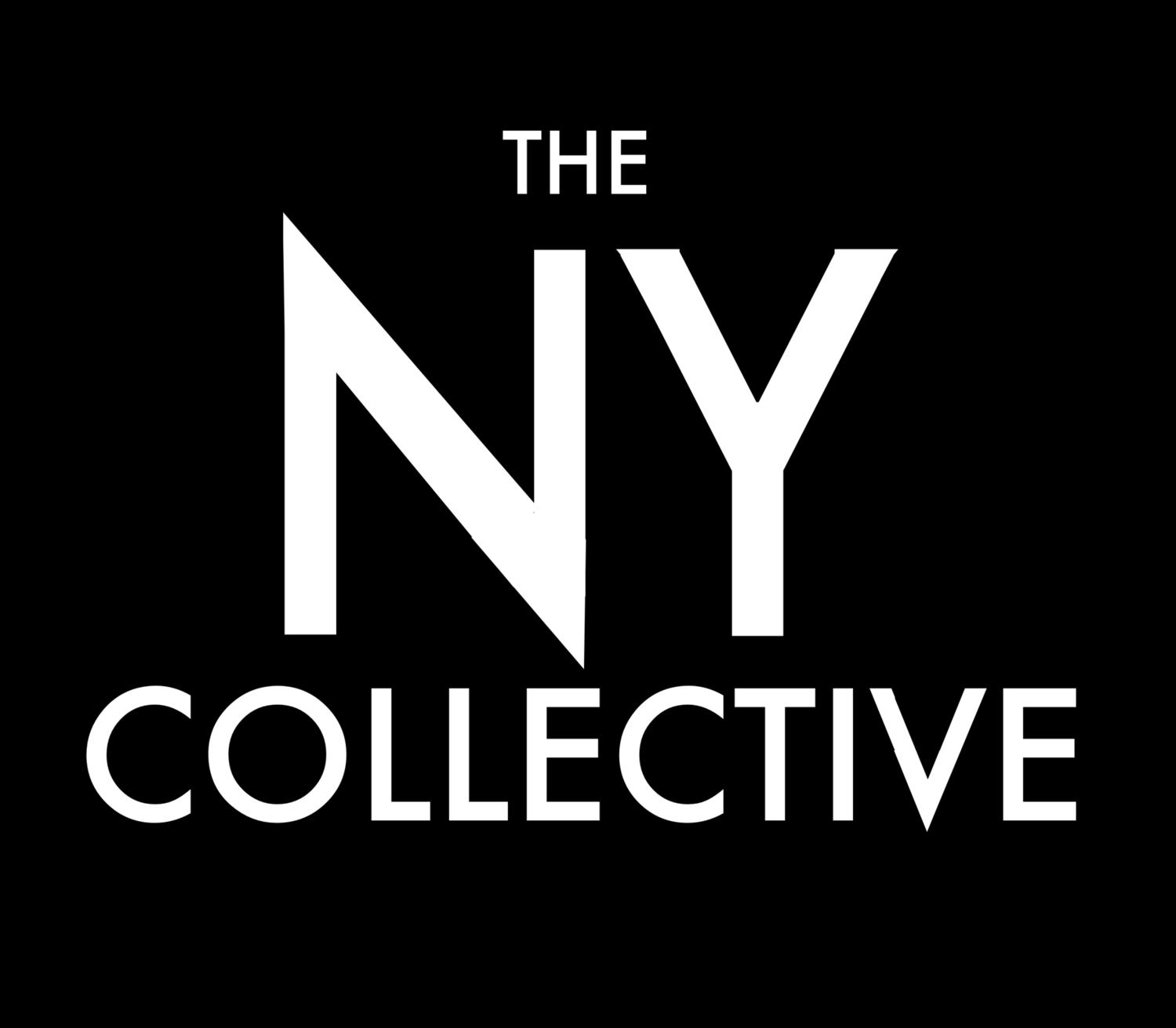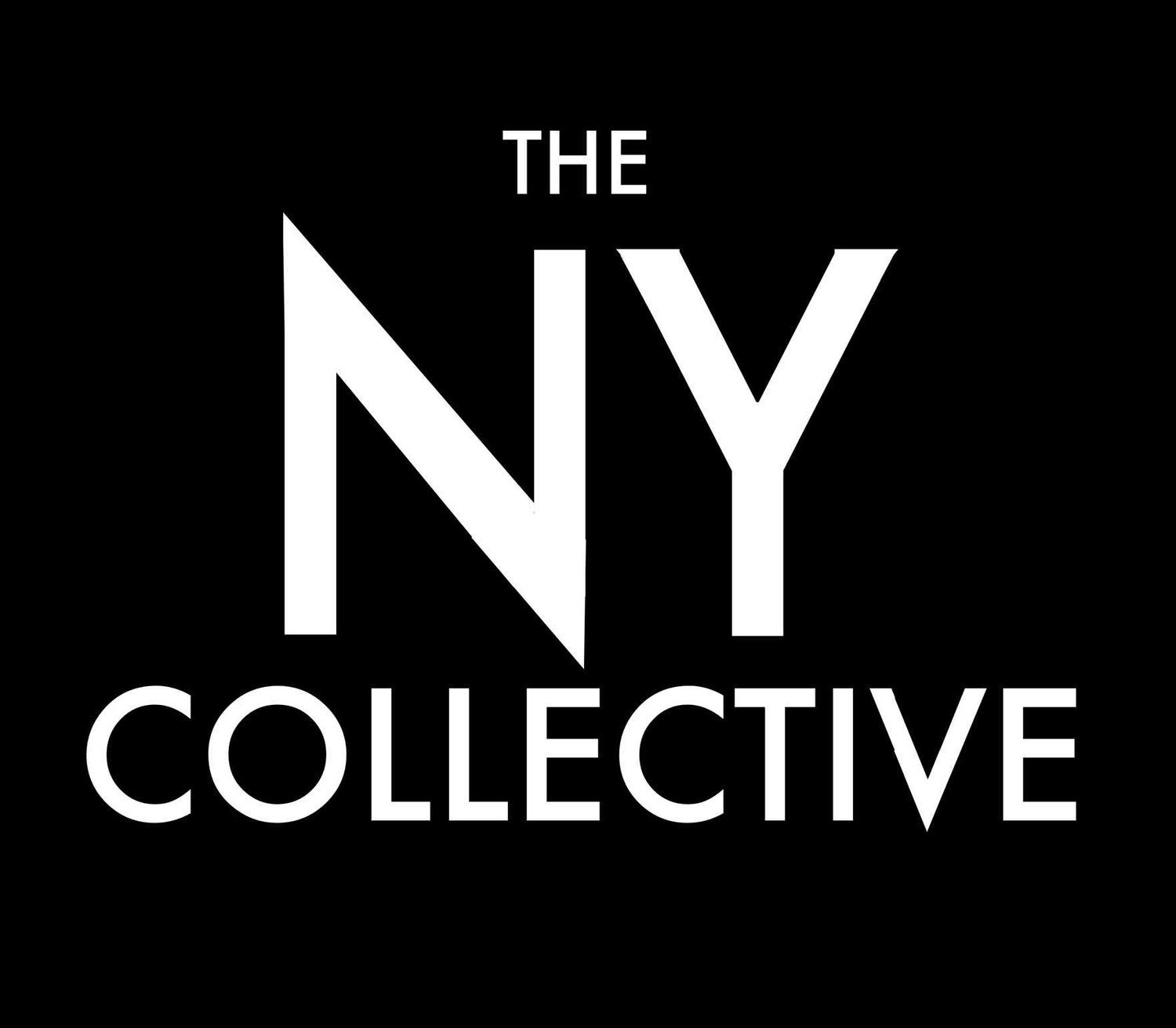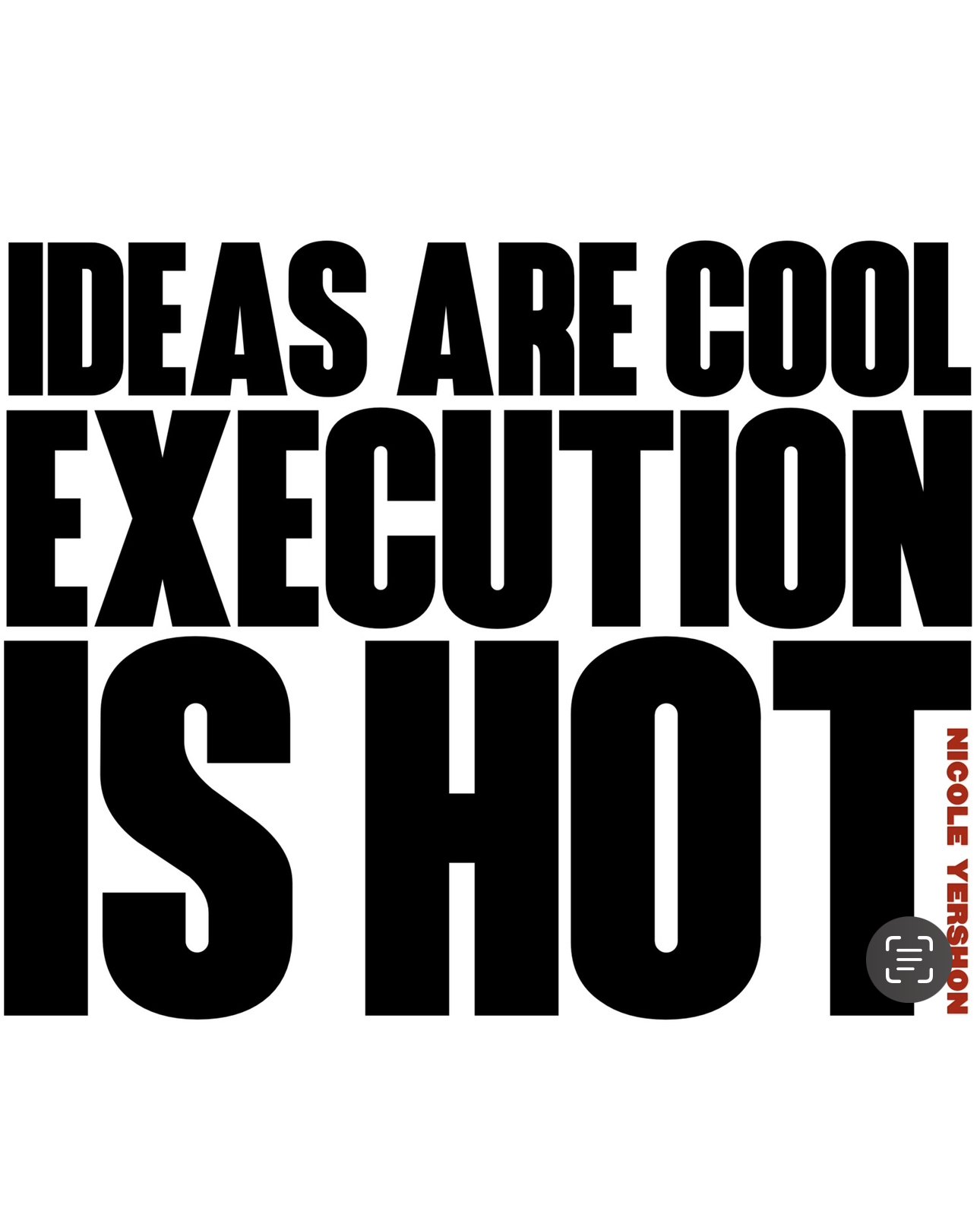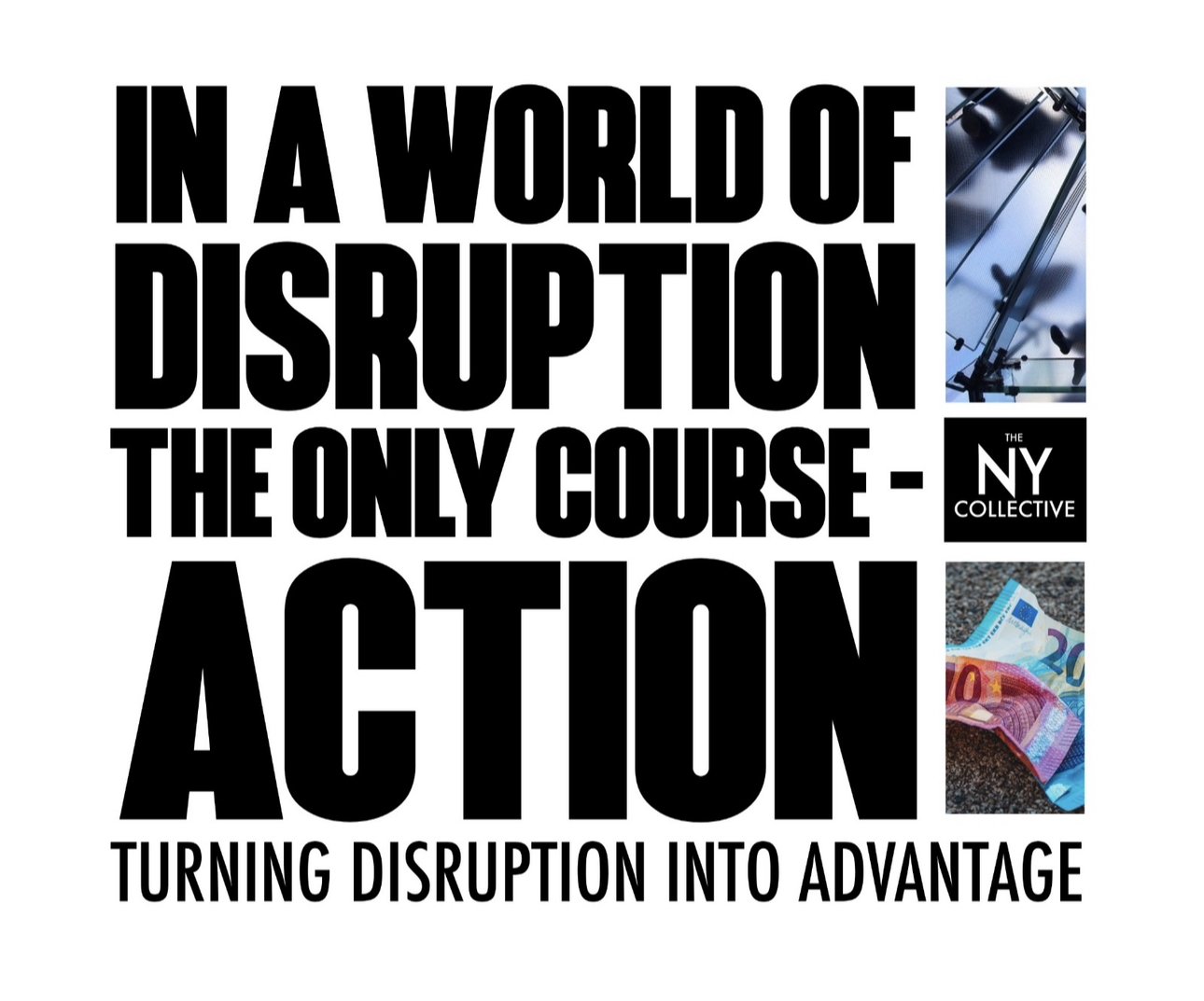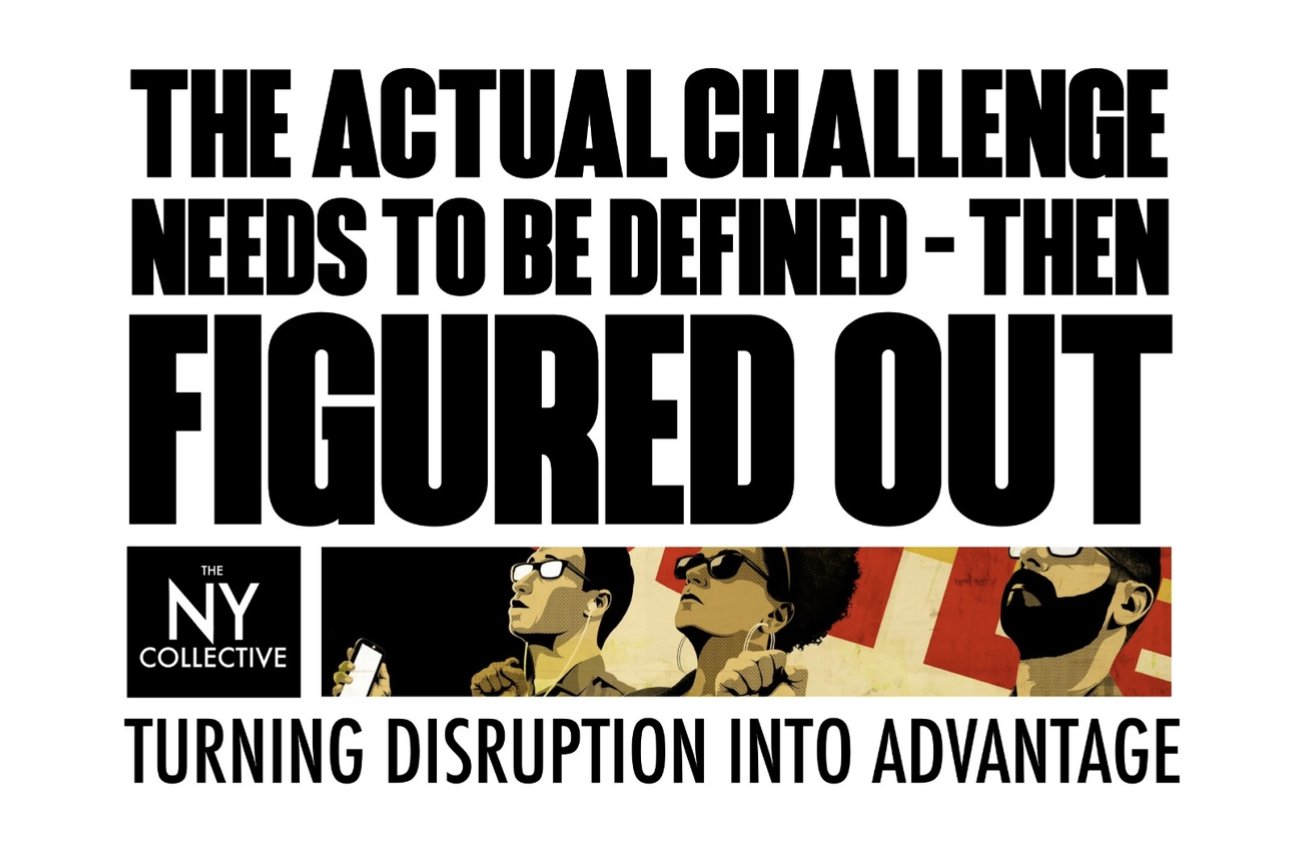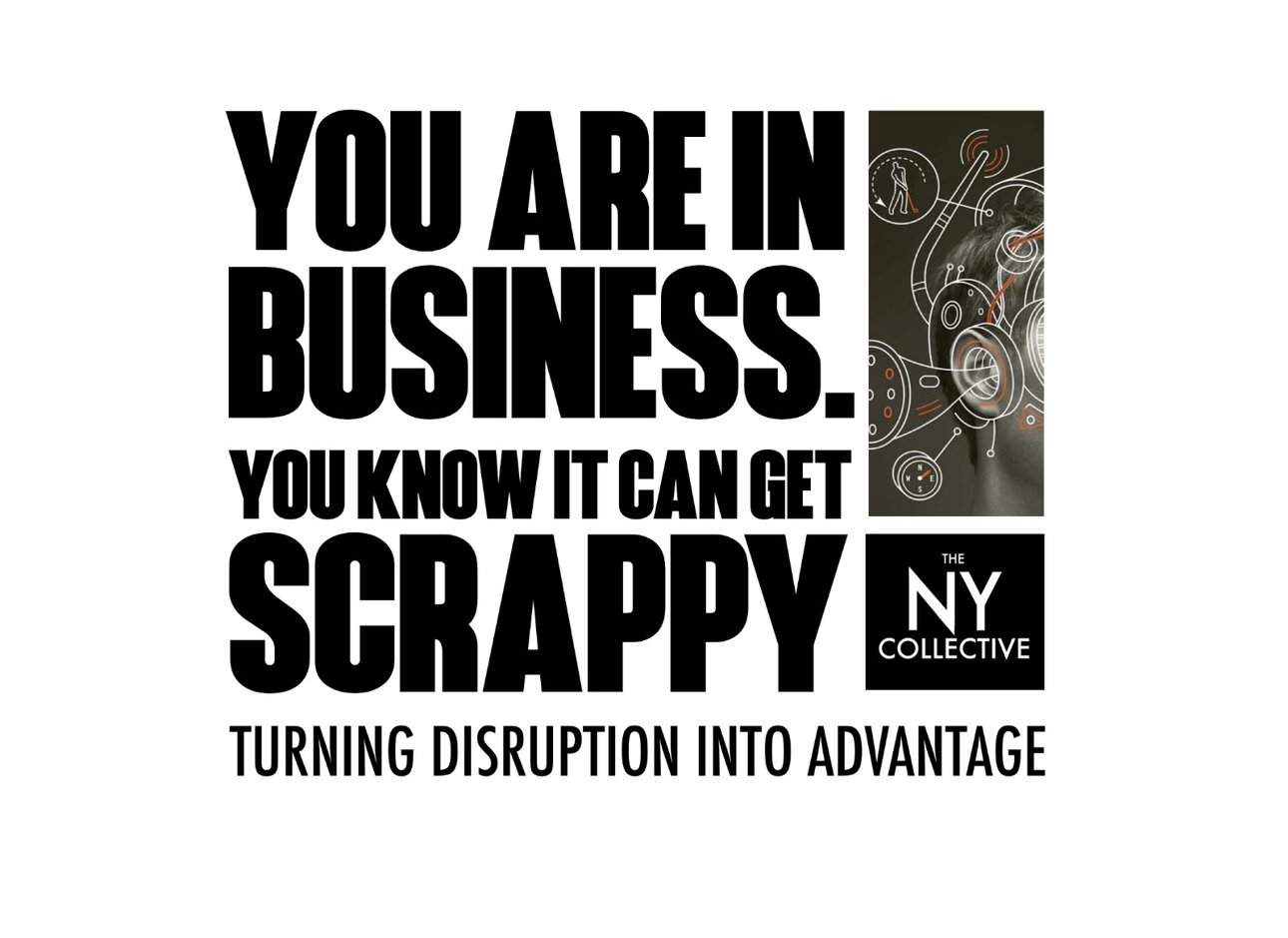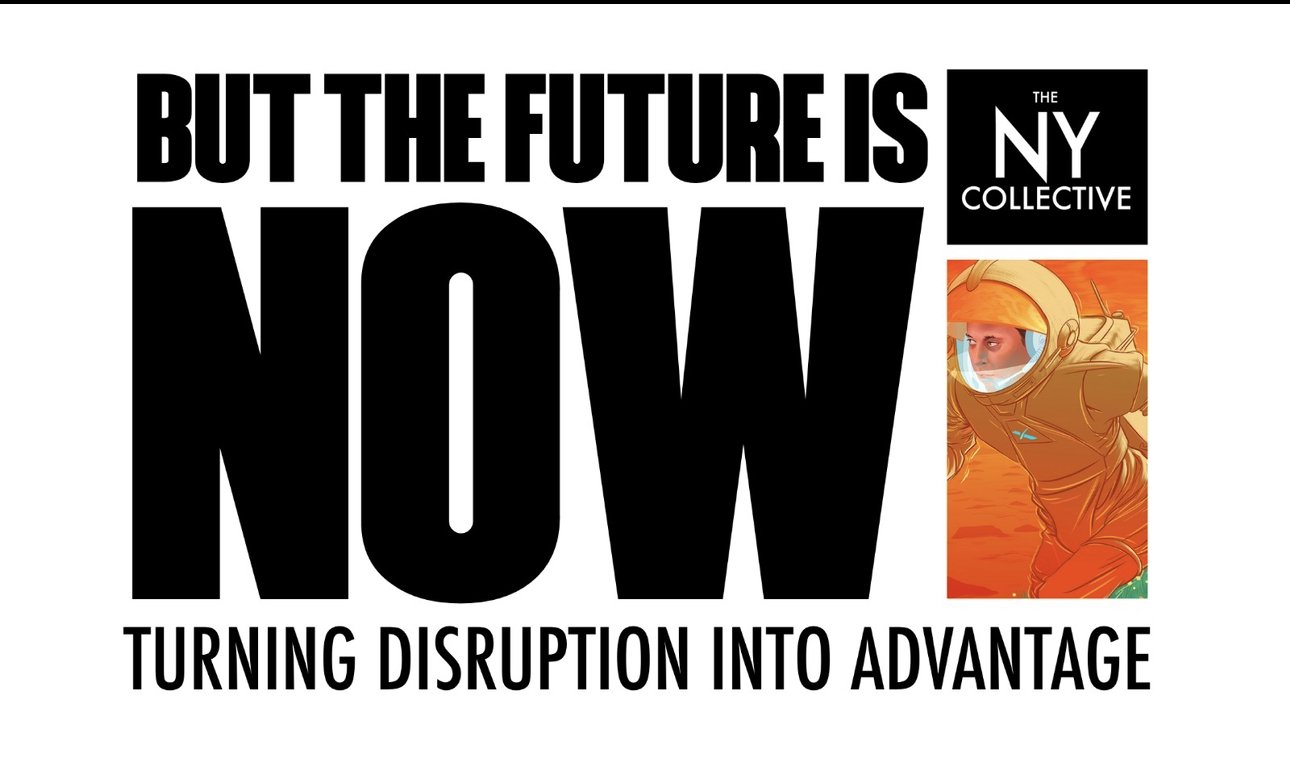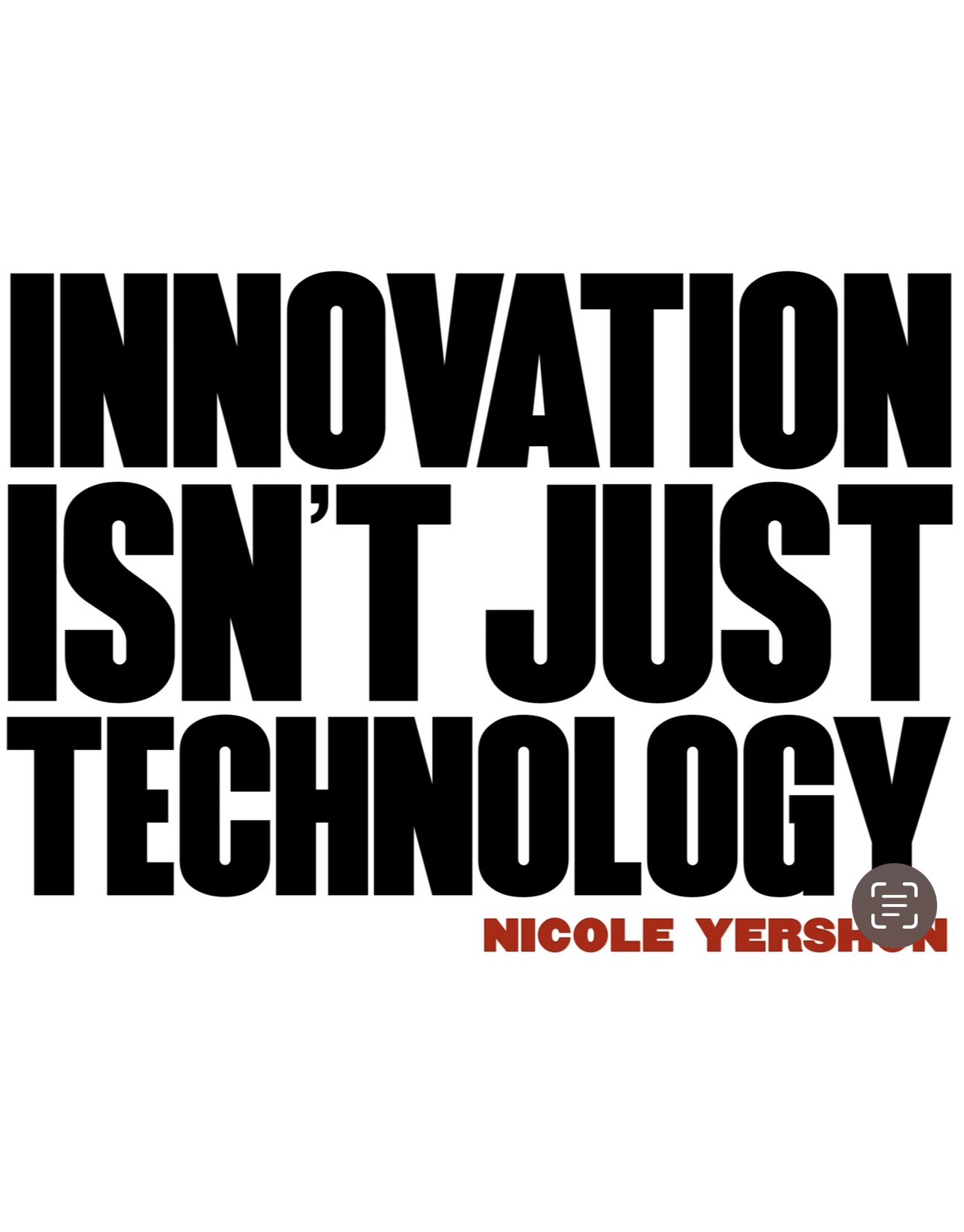THE 6 R’S BEHIND SUCCESSFUL INNOVATION
Innovation is a popular buzzword within business, and for good reason. But what are the secrets to becoming faster, better and stronger?
“Innovation is not simply about bringing money in,” says Nicole Yershon, director of innovative solutions at Ogilvy Group Advertising.
Ms Yershon is an innovation specialist if such a thing exists. She joined the global advertising giant in 2000 with the mission of revolutionising its way of working. “We measure our work at Ogilvy Labs [a self-funded R&D facility that acts as a change agent] by what we call the six R’s of innovation success: revenue; reputation; recruitment; retention; relationships; and responsibility.”
Mrs Yershon, and her team of three – including Tech Innovation Strategist Gemma Milne, a pure maths graduate and self-confessed creative science nerd – focus on building partnerships with the latest tech innovators, while also developing, nurturing and supporting new ventures, and individual talent.
But what are the six R’s that made Ogilvy’s lab a success, and do they apply to every business? Miss Milne explains:
Revenue
“A lot of the work we do, and things we achieve, are very difficult to measure in numerical terms. Revenue is quite an easy one to measure if it is direct, but because everything we do generates indirect revenue, it is not so straightforward.
“We are paid salaries by Ogilvy group – so in effect, they are labs bosses who also buy in – but our lab is also self-funded, so everything we do, whether it is speaking at an event in Dubai, or attending a tech conference in Amsterdam, has to be useful in some way. (A special mention must be made here for Annette King, who is Ogilvy group UK CEO, and Rory Sutherland, Executive Creative Director of OgilvyOne – without their support we would not be here.)
“As a result, we try and do things the way an entrepreneur would do and really consider costs as an investment. So if we offer to talk at a conference we might get a free ticket to the event, while flying easyJet and using Airbnb accommodation.
“We call ourselves ‘intrapreneurs’ and act like entrepreneurs inside a big organisation. We are really the connectors, there to extend Ogilvy’s capability as an agency. For instance, we might find a new client, who is then handed over to a different team within Ogilvy, and that team will then execute a project.”
Reputation
“Ogilvy is extremely well-known in the advertising and marketing worlds because of its size and its reputation, but outside of that nobody really knows who we are. But Ogilvy needs to be an expert in every industry because our clients are in every industry – we can’t only know advertising very well.
“So, at Labs, we spend a lot of time in other industries trying to raise the profile of what Ogilvy does, both to get new clients, and to learn new stuff from them.
“For example, we will sponsor 3D print shows, and if our name is attached the suppliers will think of us if they ever need an advertising agency. We do workshops, talks, gather contacts and increase our visibility and earn a reputation way outside the advertising sphere.
“Nicole is on the digital advisory board for Greenwich council – as well as chairs BBC future tech advisory board that meets quarterly – and on the NESTA advisory committee, while I’m a mentor for a space-focused start-up weekend, Disrupt Space, in Germany in April. We pursue really random stuff that we just find interesting to make sure that we’re really plugged into other areas.”
Recruitment
“We have a programme called Rough Diamond, which is a collaboration between disrupters and innovators in educational learning who we partner with to identify, develop and nurture new creative talent.
“The whole point of it is to try and diversify our recruiting department and our business as a whole.
“We partner with an organisation called The Ideas Foundation, which is all about getting kids into the creative industries and showing them how they can be creative and interested in science. The idea is that we try and speak to those kids who are really wanting to work with creative agencies and those who do well on work experience can go in one of two directions: either we fund their education at the School of Communication Arts, an advertising-specific college in London; or they enrol at a university called Ravensbourne in Greenwich.
“At the end of February we won the National Undergraduate Employability Award for the best collaboration with the university. As an industry we need to diversify ethnicity; we’re probably one of the better industries in terms of lesbian, gay, bisexual and transgender equality, but there’s still a way to go.”
Retention
“Retention is all about creating a place within the agency that allows people to do different things, so if you’re getting a bit bored of your day job or you want something to add on you can probably do something different, through the labs.
“At Ogilvy Labs, we only have three employees, so extra resources to do different kinds of projects are always welcome. The lab produces six-month research projects that end with a conference called Lab Day. We look for people around the agency who want to volunteer to help bring that event together; and it was off the back of that that I was hired into the team.
“It’s normally the more junior members of staff who get involved, and they learn a whole new skill. If staff are feeling a bit disillusioned by the job – as everyone does, from time to time – it gives them that extra thing to do.”
Relationships
“There are two big official relationships for Ogilvy Labs: Knowledge Transfer Network, which is part of the government’s Innovate UK network; and Collider, our accelerator dedicated to marketing and advertising start-ups, which helps brands and agencies identify, understand, engage with and sell to their consumers. We invest capital in these start-ups, we coach them through a highly structured programme and we connect them to potential corporate customers and investors.
“It’s so important that businesses build an awareness of start-ups. We work with a lot already, and we make sure we’re finding the new ones out there, trying to tease out the really interesting examples. There has to be a mutual benefit, though. It’s not a case of finding a start-up and going: ‘what can you provide to Ogilvy and our clients?’ It’s about what Ogilvy and our clients can provide to the start-up.
“These relationships matter because you need to recognise that you and your business cannot know everything. Knowing and understanding other innovators will help you build a better business.”
Responsibility
“As a company Ogilvy has a corporate social responsibility, and we are no different in the labs. We are focused on giving something back, and do a lot of work in the community – such as mentoring at schools. For instance, because I work as a technologist, I am always looking to inspire people through technology, and I've recently been running classes to get girls into coding and HTML. There is also a lot of pro bono work we do, with charities – helping them fundraise by looking at technology, for example – and other random causes.”
Adapting the six Rs
Businesses across the land can apply the approach taken by Ogilvy Labs, whose team members – or “intrapreneurs” – conduct their work with the six Rs in mind at all times.
While not every one of the half-dozen measures of success needs to be zealously adhered to, many of the elements help nurture better partnerships, which are becoming increasingly important for those looking to stay ahead of the curve with innovation.
And away from the bottom line, an open-minded, conscientious and thoughtful approach to your company's dealings will stand you in good stead, in terms of future projects and profits, ultimately. You will be more appealing to work with, work for, and be in an agile position to move with the zeitgeist should you consider the six Rs of innovation success.
